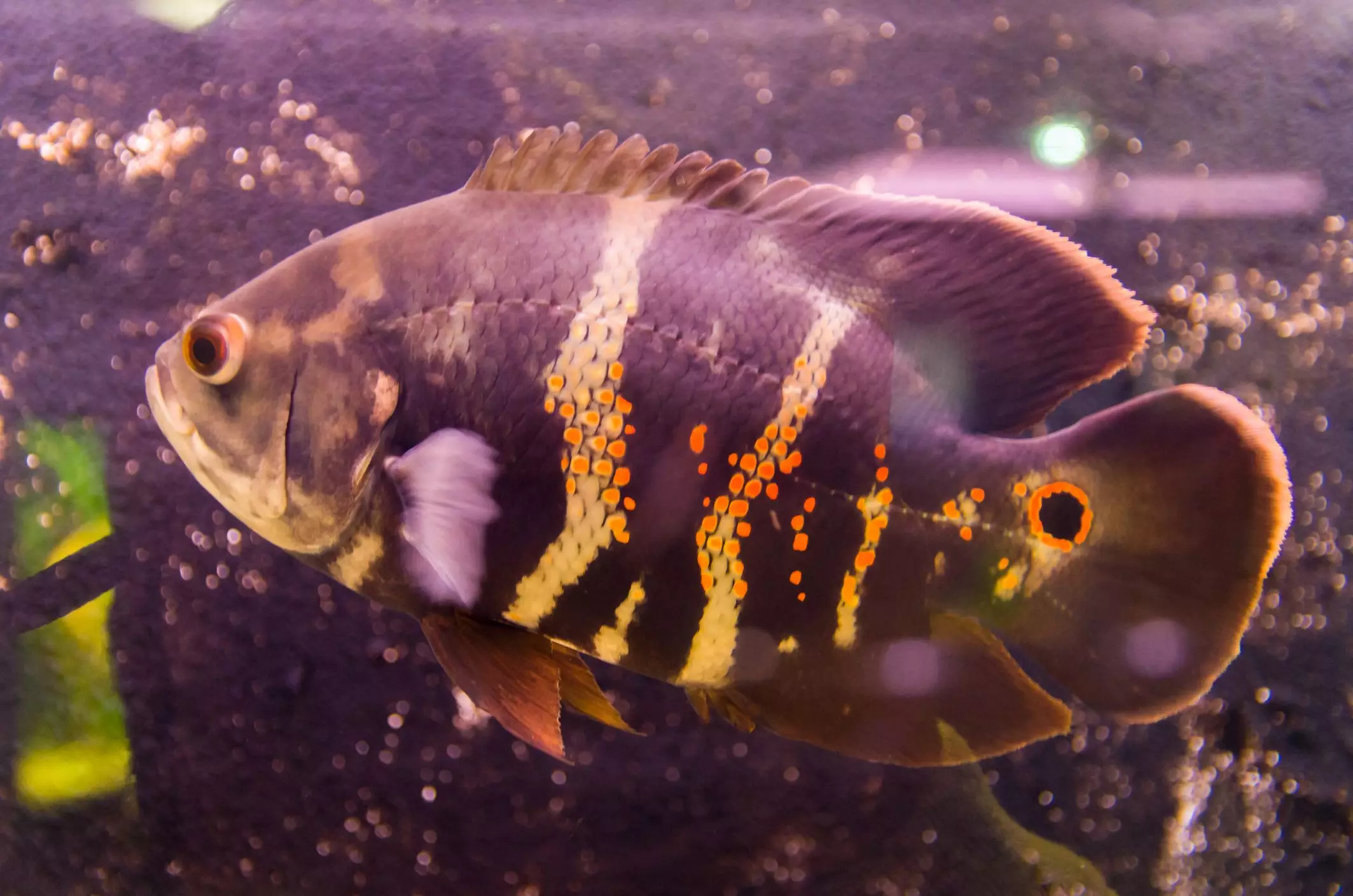Oscar fish, scientifically known as Astronotus ocellatus, are more than just a stunning addition to any freshwater aquarium. With their distinct striking patterns and dynamic behaviors, they bring a unique flair to aquatic environments. Beyond their captivating appearance, Oscar fish demand a keen understanding of their care requirements and behavior, making them a rewarding yet challenging choice for aquarium enthusiasts.
Native to the lush landscapes of South America—specifically the Amazon and Orinoco river basins—Oscar fish are tropical cichlids that boast a vibrant range of colors and patterns. The most recognizable feature is their striking black-and-orange stripes, often likened to a tiger’s coat, hence their common nickname, the Tiger Oscar. Beyond this classic look, Oscars also exhibit a variety of mutations, including hues of yellow, blue, and even albino varieties that are completely white with red or orange spots. This variety not only adds visual interest but also poses questions regarding genetic diversity among captive-bred populations.
The Oscar fish typically grow to sizes of 12 to 14 inches, displaying a robust and resilient nature. With a life expectancy of 10 to 15 years, they represent a long-term commitment for aquarists. Given their size and longevity, proper tank conditions and a suitable environment are essential components of their care.
One of the most fascinating aspects of Oscar fish is their notorious personality. They are often characterized as having distinct, individual temperaments. Many enthusiasts report that Oscars exhibit behaviors such as rearranging tank decorations, which can provide entertainment but potentially disrupt an aquarium’s assembly. This “redecorating” tendency can lead to issues, such as damaging tank equipment like filters and heaters if they become too curious or aggressive.
Oscars are semi-aggressive fish and can display territorial behavior, making the selection of tankmates crucial. Due to their propensity to outgrow and potentially predate smaller fish, selecting species of similar size and temperament is paramount to maintaining harmony within the tank.
When considering companions for Oscar fish, it is essential to choose species that originate from the same region to ensure compatibility with water parameters. Suitable tank mates include Jack Dempseys, Convict Cichlids, and Silver Dollars—all of which can maintain their ground against an adult Oscar’s assertive nature. However, this doesn’t mean that any fish will do; careful consideration must be given to both size and temperament for a thriving aquatic community.
A common pitfall among aquarium owners is underestimating the aggression and territorial nature of Oscars, particularly as they mature. Potentially hazardous tank mates should be avoided, especially small, more docile varieties that may be viewed as prey.
Oscar fish are particularly sensitive to water chemistry, requiring diligent maintenance of their habitat. Regular checks and proactive measures are necessary to prevent ailments such as Hole-In-The-Head disease, which can result from chronic stress often linked to poor water quality. To maintain optimal health, it is vital to ensure a well-rounded diet that includes high-quality cichlid pellets, alongside protein-rich treats like bloodworms and frozen krill.
Aquarium setups that incorporate a sump system can mitigate the potential for equipment damage, as relocating essential items away from an Oscar’s reach allows for safer maintenance.
Breeding Oscar fish can be a fulfilling venture for dedicated aquarists. The process begins with identifying males and females—females typically have a larger urogenital opening. Though Oscars can be selective about their breeding partners, providing a spacious and stimulating environment coupled with the right water conditions (temperature must range from 79 to 86°F) can increase the likelihood of successful spawning.
Once breeding occurs, the female can lay between 1,000 to 2,000 eggs, with both parents guarding them diligently until they hatch. Proper care after hatching is equally crucial, as involving the parents in the protective process of rearing fry can help ensure their survival.
Oscar fish are vibrant, engaging, and fascinating creatures that add a unique element to any aquarium. However, their exuberant behaviors, considerable size, and specific care needs require a well-informed and prepared approach. With a focus on compatibility, diet, and environmental conditions, aquarists can enjoy the lively charm of Oscars while fostering a successful aquatic ecosystem. By prioritizing their needs, owners are rewarded with years of companionship and the pleasure of observing one of the most expressive beings in the world of fishkeeping.

